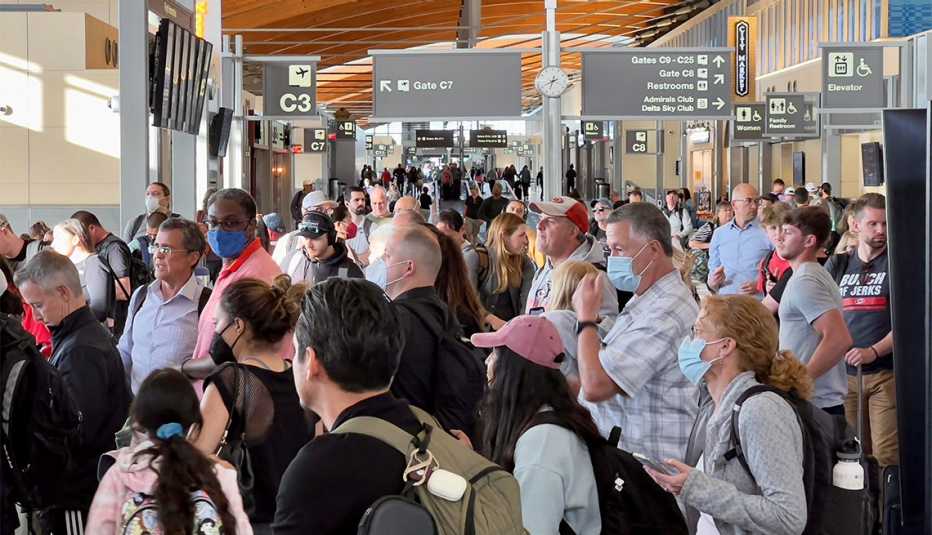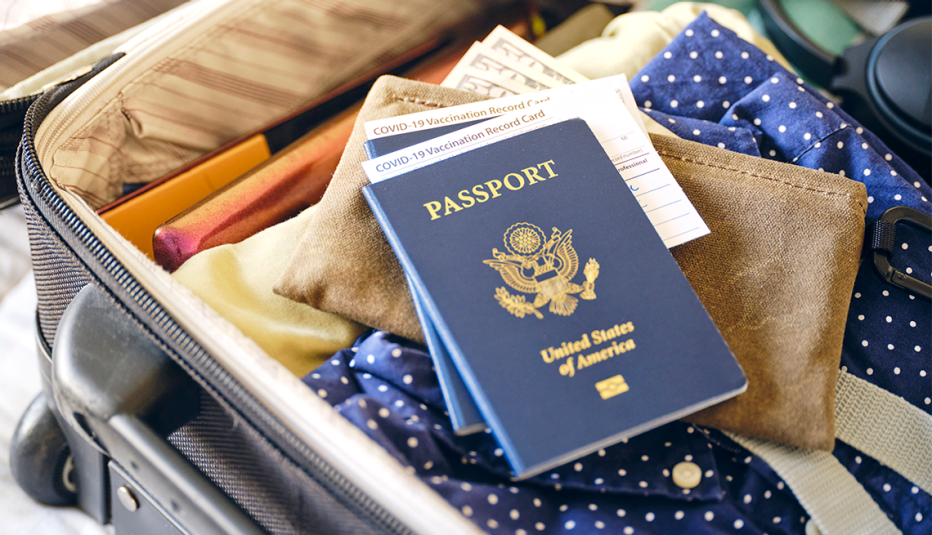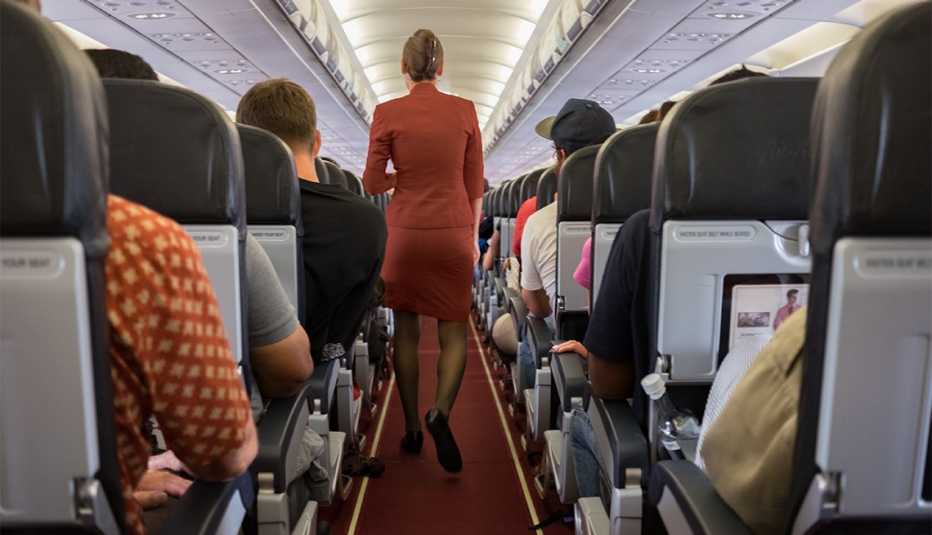AARP Hearing Center
You’re on a plane when the bumps and jolts of turbulence start up — maybe just as you’re trying to enjoy your drink or make your way back from the bathroom. Most turbulence passes in minutes, and it’s extremely unlikely to be a precursor to disaster. But for those who dread it, a bumpy ride can turn a peaceful flight into a nerve-wracking ordeal. Fortunately, pilots and psychologists agree that it’s fully possible to banish your fear at 30,000 feet. Here’s how.
Know the facts
“If you don't understand turbulence, it can be frightening,” says pilot and aviation consultant Barry Schiff. Turbulence occurs as a result of irregular airflow, which can happen for many reasons, including geography (like flying over a mountain range), jet streams, weather fronts and more.
“Turbulence can be a little uncomfortable, and it can sometimes be a little unexpected,” Schiff says. “But rarely is it dangerous.” Bumpiness during a flight doesn’t mean that something is wrong with the plane, and it's usually easy for the pilot to adjust to it. Schiff compares flying through turbulence to navigating choppy water on a lake: In both cases, slowing down can reduce how intensely the choppiness affects the machine.
Situations that can result in severe turbulence, such as thunderstorms, are ones that pilots studiously avoid. In 34 years of flying for TWA, Schiff never flew through a thunderstorm, even though he encountered many. Pilots use a variety of tools and techniques, including radar technology and communication with air traffic controllers, to navigate around bad weather.
And even if you imagine the plane is about to flip over in the sky, it’s just not going to happen, experts say. Today’s commercial aircraft are designed to withstand even the harshest of conditions. In fact, turbulence doesn’t cause planes to be thrown around in the first place. “People will have the sensation that they are gaining or losing altitude because of the way you come up out of your seat a little bit or are pressed down into your seat,” Schiff says. “But the reality is that the altitude of the airplane doesn't change very much at all.”
While extremely unlikely, injuries because of turbulence are possible — typically from being thrown unexpectedly, which is why heeding the seat belt sign is so important. In 2017, the Federal Aviation Administration reported 17 turbulence-related injuries to passengers and crew, down from 44 the year before. (Fatalities and crashes due to turbulence have also occurred, but only a handful of times in the last few decades.)
And remember that plane crashes, in general, are exceedingly rare, and deaths even more so. You are more likely to die from lightning, food poisoning or a shark attack than in a plane crash. Translation: The bumps you feel on a flight — except in a tiny fraction of instances — are a normal part of in-flight turbulence and not a sign that your plane is about to go down.



































































